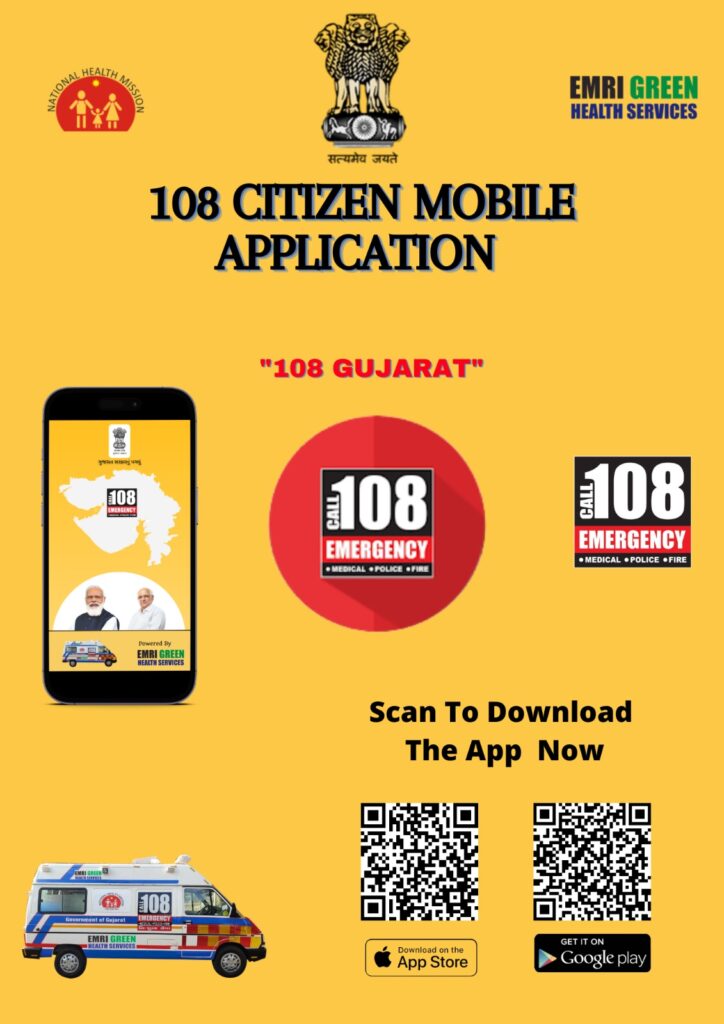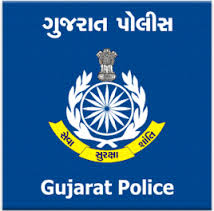Ads
GPSC DYSO Syllabus, and Mamlatdar Syllabus 2023 Exam Pattern, Prelims, and Mains are provided in this article. The GPSC DYSO Syllabus 2023, and Mamlatdar syllabus 2023 detailed exam pattern are available here for candidates.
Competitive Examination Procedure for Recruitment to the post of Deputy Section Officer, Class-III, and Deputy Mamlatdar, Class-III.
Note: The medium of examination will be Gujarati. In the main examination, the question papers of Gujarati, and English will be in the respective languages.
1. Primary test
| order | Type of Examination | Question Paper Name | Time | Total marks allotted |
| 1 | Hetulakshi | General Studies | 2 hours | 200 |
2. Main Exam
(For candidates Qualified in Primary Test)
| order | Type of Examination | Question Paper Name | Time | Total marks allotted |
| 1. | Descriptive | Gujarati | 3 hours | 100 |
| 2. | English | 3 hours | 100 | |
| 3. | General Studies-1 | 3 hours | 100 | |
| 4. | General Studies-II | 3 hours | 100 | |
| Total Marks in Main Written Examination (Total marks to be counted for final selection) | 400 | |||
GPSC DYSO Syllabus 2023- Preliminary Exam
A syllabus is essential for providing a clear roadmap, setting expectations, facilitating communication, and promoting effective learning. Candidates can check the detailed GPSC DYSO Syllabus 2023 below.
Syllabus for Preliminary Examination of Deputy Section Officer, Class-III, and Deputy Mamlatdar, Class-III
General Studies (Preliminary Examination)
Marks-200
Number of Questions-200
Medium – Gujarati
Time-120 minutes
(1) History
1. Indus Valley Civilization : Characteristics, Places, Society, Cultural History, Art, and Religion. Vedic Age- Jainism, and Buddhism.
2. Mauryan, and Gupta empires, Chola, and Padmava dynasties.
3. Important Dynasties of Gujarat-Impact, and Contributions, Important Policies, Their Administrative System, Constitution, Society, Religion, Art, Architecture, and Literature.
4. Arrival of Europeans in India, establishment, and expansion of British rule in India, India’s freedom struggle of 1857 : with special reference to Gujarat, religious, and social reform movements in India, and Gujarat in the 19th century.
5. Indian freedom movement, Indian revolutionaries in India, and abroad, contribution, and role of freedom fighters of Gujarat, and India.
6. Role, and Contribution of Mahatma Gandhi, and Sardar Patel in Pre-Independence, and Post-Independence India.
7. Post-Independence India: Reorganization of States in the country, Mahagujarat Movement, Important Events.
8. Reformist measures, and achievements of the rulers of the native states of Saurashtra, Kutch, and Gujarat.
(2) Cultural heritage
1. Cultural Heritage of India, and Gujarat: Art Forms, Literature, Sculpture, and Architecture.
2. Folk Culture, and Oral Tradition of Gujarat: Its Significance, Characteristics, and Implications.
3. Arts, and Crafts of Gujarat: Socio-Cultural Contribution.
4. Tribal life
5. Pilgrims, and Tourist Places of Gujarat.
(3) Indian State System, Constitution, Social Justice, and International Relations.
1. Indian Constitution: Origin, and Development, Characteristics, Preamble, Fundamental Rights, and Duties, Guiding Principles, Important Constitutional Amendments, Important Provisions, and Internal Structure.
2. Union, and State Functions, and Responsibilities, Parliament, and State Legislatures: Structure, Functions, Powers, and Privileges. Role of President, and Governor
3. Constitutional institutions, statutory, regulatory, and quasi-judicial institutions.
4. Panchayati Raj.
5. Public Policy, and Governance. Effects of liberalization, privatization, and globalization on governance.
$. Rights related issues (human rights, women’s rights, rights of Scheduled Castes, and Scheduled Tribes, rights of children) etc.
7. Foreign Policy of India – International Relations – Important institutions, agencies, various organizations, their structure, and official mandate.
8. Important policies, and programs of Central, and State Governments
(4) Indian Economy, and Planning
1. Indian economy before independence, Emergence, and development of planning practice in India- Historical discussions, models of planning, and changes in them over time. Indian Economy in Post Reforms: New Economic Reforms, Niti Aayog: Objectives, Constitution, and Functions.
2. Various economic policies, and reforms in agriculture sector, and industrial sector, infrastructure in Indian economy. banking, and insurance; Regulatory framework. Impact of Privatization on Indian Economy, Growth, Challenges, and Opportunities.
3. Indian Public Finance System; Indian Tax System, Public Expenditure, Public Debt, Deficit, and Aid in Indian Economy. Center, and State Fiscal Relations. Goods, and Services Tax (GST): Concept, and Implications. Important Institutions associated with the Indian Public Finance System.
4. Trends, structure, structure, and direction of India’s foreign trade.
5. Economy of Gujarat – An Overview; Social Sectors in Gujarat : Education, Health,, and Nutrition, Agriculture, Forestry, Water Resources, Mining, Industry, and Service Sector. Economic, and social infrastructure development policies. Cooperative Sector in Gujarat.
(5) Geography
1. General Geography: Earth as part of the Solar System, Earth’s motion, concept of time, and seasons, Earth’s internal structure, major landforms, and their characteristics, atmospheric structure, and composition, elements, and factors of climate, air masses, and weather, atmospheric disturbance, climatic change, oceans: physical, chemical, biological characteristics, aquatic disasters, marine, and continental resources.
2. Physical Geography: India, Gujarat, and World Context: Major Natural Divisions, Earthquakes, and Landslides, Natural Runoff, Seasonal Climate Regions: Atmospheric Disturbances, Cyclones, Natural Vegetation: National Parks, and Sanctuaries, Major L, and Types, Rocks, and Minerals.
3. Social Geography: India, Gujarat, and World Context: Population Distribution, Population Density, Population Growth, Male Female Ratio, Literacy, Occupational Structure, Scheduled Caste, and Scheduled Tribe Population, Ethnic Group, Linguistic Group, Rural-Urban Components, Urbanization, and Migration, Metropolitan areas.
4. Economic Geography: Major Divisions of Economy; Agriculture, industry, services, their main characteristics. Basic Industries – Agriculture, Minerals, Forestry, Fuel, and Manpower Industries, Transport, and Trade, Methods, and Problems.
(6) Science, and Technology:
1. Science, and Technology: Nature, and scope of science, and technology, presence of science, and technology in day-to-day life, national policy on science, technology, and innovation, various organizations involved in science, technology, and innovation in India, their activities, and contributions, contributions of eminent Indian scientists.
2. Information, and Communication Technology (ICT) : Nature, and field of ICT. Various government schemes promoting ICT, e-governance programs, and services, cyber security, National Cyber Crime Policy.
3. Space/Technology in Space, and Defense Services : Evolution/Development of Indian Space Programme. Various organizations, and programs.
4. India’s Energy Policy, and Nuclear Policy : Government Policies, and Programmes.
5. Environmental Science : Policies, and treaties for environmental conservation at national, and international levels, National Action Plans on forest, and wildlife conservation, climate change, and disaster management.
(7) General intellectual ability
1. Logical, and analytical ability.
2. Series of numbers, notation, and their solution.
3. Diagrams, and their subdivisions, Venn Diagrams.
4. Questions related to clock, calendar, and age.
5. Mean or median, median, and polynomial, weighted average.
6. Exponents, and Exponents, Squares, Square Roots, Cube Roots, G.S.A., and L.S.A.
7. Percent, simple, and compound interest, profit,, and loss.
8. Time, Work, Time, and Distance, Speed , and Distance.
9. Area, and perimeter, volume, and surface area of simple geometric figures (cube, cuboid, cylinder, cone, sphere).
10. Interpretation of data, analysis of data, parameterization of data, probability.
(8) Events of regional, national, and international importance


